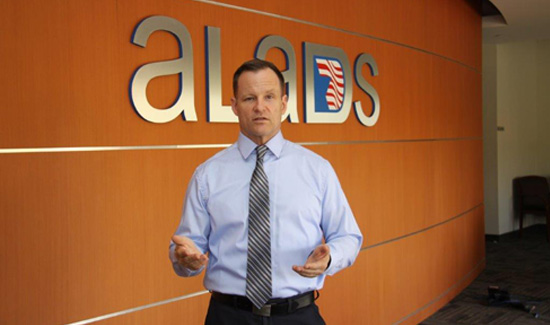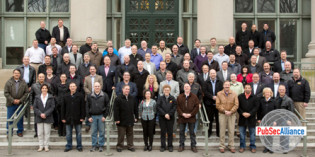Officers Need to Review Body Cam Footage

Sean Van Leeuwen, vice president of the Association of Los Angeles Deputy Sheriffs: “Allowing deputies to review their BWC video before writing their report enables them to accurately and completely report and recall details.”
By Sean Van Leeuwen
Law enforcement agencies around the country are putting Body Worn Cameras (BWC) on law enforcement personnel and the Los Angeles County Sheriff’s Department is looking at doing the same.
ALADS’ position on the benefits of video cameras has not changed, and neither have our concerns regarding when and how peace officers can view the videos in connection with writing reports.
I stated in my previous blog BWC are a useful addendum to the recollections of deputies and witnesses, not a replacement for them. Cameras have proven to be another tool to improve officer safety and accountability, enhance training and improve prosecution of criminal cases. Review of videos by officers has proven valuable in the accurate documentation of criminal activity as well as an enhancement to subsequent testimony and presentation of evidence in court.
We expect video recordings will increase deputy sheriffs’ effectiveness by documenting crimes and refuting frivolous claims of police misconduct. Time and again, we have seen that some of the best evidence against made-up tales of law enforcement abuse is the complete, unedited video footage of an incident captured in its entirety and with proper context.
Currently, all law enforcement agencies allow their personnel to review field notes, audio recordings, as well as third party, car mounted videos and other information sources prior to preparing their police reports. BWC should be no different.
Allowing deputies to review their BWC video before writing their report enables them to accurately and completely report and recall details. Review of body camera videos as a part of the report writing process will help create a more complete and accurate permanent record regardless of whether the report is to be used in a civil, criminal or administrative venue.
Eugene P. Ramirez, is a noted expert on the legal issues surrounding SWAT tactics, and has twice been named Los Angeles County Sheriff’s Department’s Trial Lawyer of the Year. Ramirez wrote in a report for the United States Bureau of Justice Assistance that, “There is a legitimate concern that local prosecutors will demand that all criminal cases filed have an accompanying video along with the other hard evidence.” Ramirez went on to add, “In the long run, the use of BWCs will prove to be a valuable tool for both law enforcement and the local community. However, it is just one tool among many and should not be thought to be the ultimate factor in judging the actions of officers. BWCs only provide one view of an incident. An officer will still have to explain his/her actions and then a determination must be made whether the officer’s decision was reasonable based on the circumstances presented to the officer.”
ALADS agrees with Mr. Ramirez and we want deputy sheriffs to be able to explain their actions with all of the relevant information at hand, including the footage from their BWC. Anything less is a disservice to the truth.
According to a report by the United Stated Department of Justice and PERF, reviewing footage aids officer recollection and leads to more accurate documentation of events. We at ALADS couldn’t agree more.
To read my previous blogs on this issue, please read: (1) Implementing a Body Worn Camera Program That is Meaningful, (2) Sensible Policies for Body-Worn Cameras and (3) Implementing an effective body camera and video policy.
Sean Van Leeuwen is Vice President of Association for Los Angeles Deputy Sheriffs. ALADS is the collective bargaining agent and represents more than 8,200 deputy sheriffs and district attorney investigators working in Los Angeles County. Sean can be reached at Svanleeuwen@alads.org.














